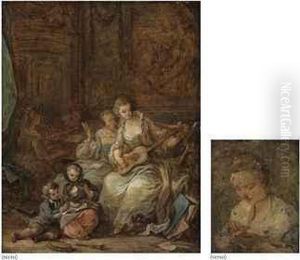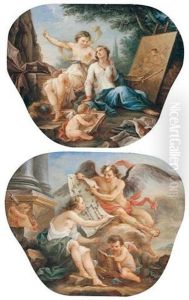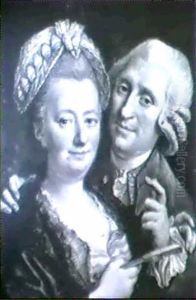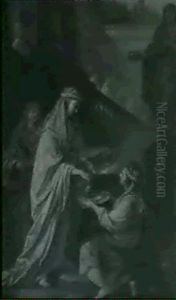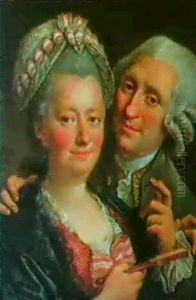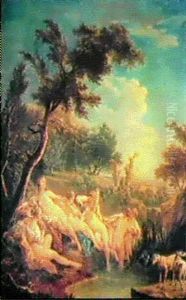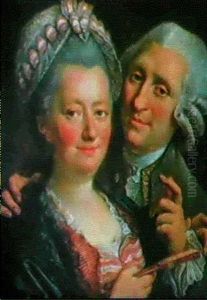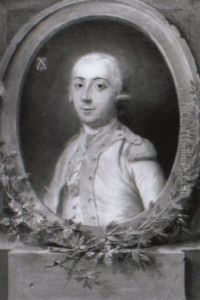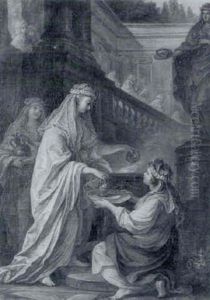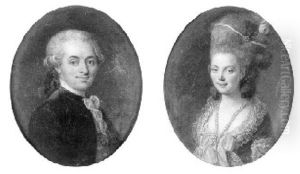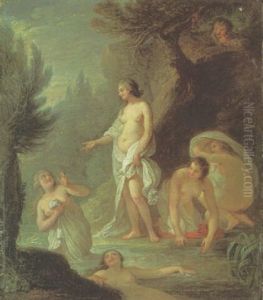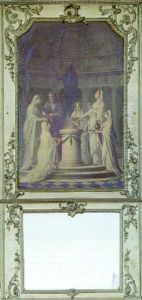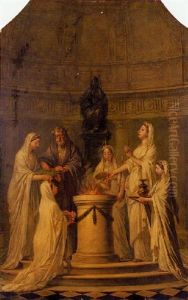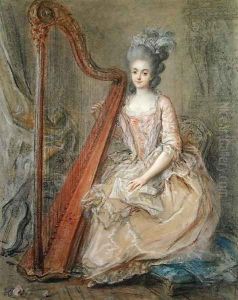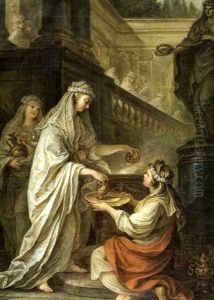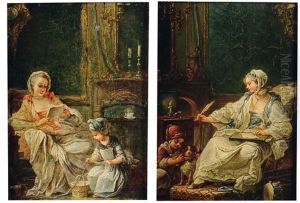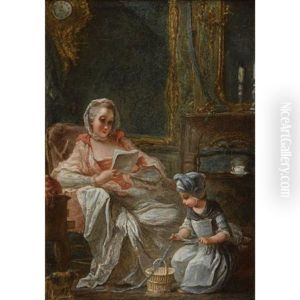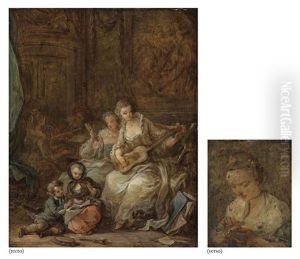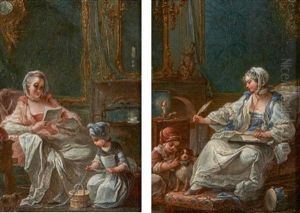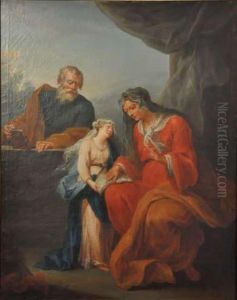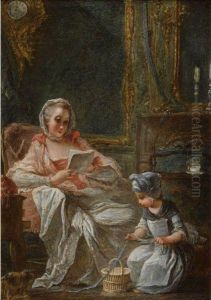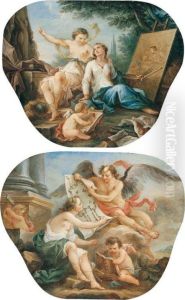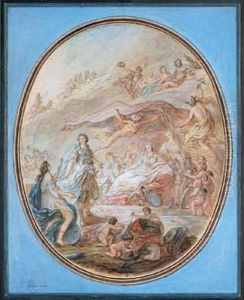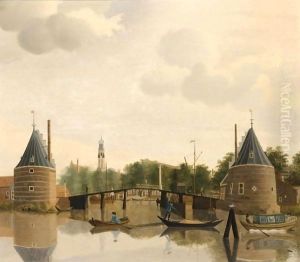Francois Guerin Paintings
François Guin (sometimes spelled Guérin) was a French artist known for his historical paintings and portraits. Born on January 10, 1771, in Sens, Burgundy, France, Guin's period of activity fell within a turbulent era marked by the French Revolution and the subsequent Napoleonic Wars. Despite the potential disruptions these events might have caused to his career, Guin managed to establish himself as a respected member of the French artistic community.
Guin studied under renowned artists such as Jacques-Louis David, who was a preeminent figure in Neoclassical painting and had a significant influence on his style and technique. Guin's works often reflected the Neoclassical emphasis on clarity of form, sober colors, and the subjects of classical history, mythology, and narrative. His association with David would have afforded him a solid foundation in the academic techniques that were favored by the French Academy at the time.
While not as widely recognized as some of his contemporaries, Guin's contributions to art during his lifetime were nonetheless important. He exhibited at the Paris Salon, the official art exhibition of the Académie des Beaux-Arts in Paris, which was the main showcase for French artists to display their work. His paintings usually depicted scenes with a moral or didactic purpose, in line with the Neoclassical values of his time.
François Guin's career spanned the transition from the ancien régime through the Revolution and the Napoleonic era, and into the Restoration period. This was a time when the arts were used not only for aesthetic purposes but also as a means of political expression and propaganda. Despite the political upheavals, the French Academy remained a powerful institution, and artists like Guin continued to work within its structures and expectations.
Guin passed away on November 19, 1833, in Paris. His legacy is perhaps overshadowed by the towering figures of his teacher, David, and other eminent artists of the time. However, his works remain as examples of the artistic movements and cultural currents that flowed through France during his lifetime. Today, his paintings can be found in various museums and collections, where they continue to be studied and appreciated for their historical and artistic value.
